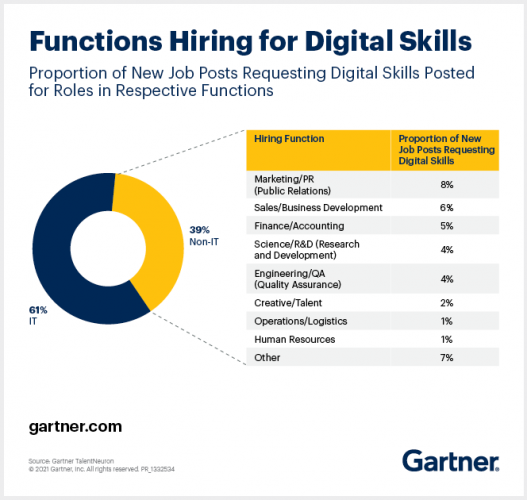
By Susan Krautbauer | July 15, 2021
The past year and a half has confirmed that computers are essential for learning, for work, and for accessing critical resources. They connect us with each other and with the world. As we emerge from the social distancing protocols that were in place during the pandemic, the need for owning a connected computer and possessing the skills to use it productively remains fundamental, yet not everyone who needs a computer has one.
The Technology Gap is Real
It is estimated that 36 million people in the United States do not have ready access to a computer. Millions more don’t have enough devices to meet their family’s needs for work, school, or healthcare. These non-deviced or device-deficient homes make up a vast, national-scale “technology gap,” a stark reality that the COVID pandemic has exposed.
It’s a critical triad. To successfully navigate in a digital world, individuals need internet access, a personal computer, and requisite digital skills. Lacking any one of these can have a significant impact on quality of life, productivity, and overall wellbeing. However less than half the world’s population possesses basic computer skills such as copying a file or sending an e-mail with an attachment. Effective navigation also requires more than a mobile phone to be successful. Pew Research reports that users often encounter difficulties executing simple tasks using a cell phone or tablet, such as accessing and reading content, as well as trouble submitting files and documents.
When you compare the technology gap in relation to economic disparity and racial data, the gaps are even more astonishing. Over 14 million Black people and 17 million Hispanic people in the U.S. don’t have access to a computer in their home.
Remote Work is Here to Stay
As the Coronavirus swept across the nation forcing lockdowns, an unprecedented shift in the workplace to remote work-from-home was unlike any we’ve ever seen. According to Global Workplace Analytics, it is estimated that 25%-30% of the workforce will still be working from home or working remotely multiple days a week by the end of 2021. And the work-from-home trend is not going away anytime soon. Over the last year, the result of this transformation has become abundantly clear: employers and employees who previously shunned remote work are now praising the benefits. A survey of 2,099 workers by O2 Business found that the majority (61%) of employees believe remote working should be the default going forward and nearly one third (29%) of employees would quit their job if they were told they were no longer allowed to work remotely.
This new workforce reality is demanding job candidates have digital skills . This trend will only intensify because technology skills are no longer solely centered only in IT; digital skills are required across all organizational functions. Technology has become the backbone of how businesses is executed and the job roles across multiple departments require applicants to have proficient digital skills along with the more typical soft skills. Without a computer at home to manage the job search process, gain online access to training and develop proficiency in these required digital skills, an individual’s efforts for job placement and advancement are much more difficult.
The absence of a home computer, combined with the rapid digitization and automation of the U.S. economy, could eventually result in large numbers of Black and Hispanic American workers being disqualified or underprepared for 86% of jobs in the U.S. by 2045.
Online Learning is Here to Stay
Most K-12 schools are now engaged in virtual learning, at least part-time. This shift may be helping to reduce racial disparities for students. “Students of color may have excelled online in ways [during the pandemic] not captured by traditional achievement measures,” said Kimberly Smith, the executive director of the League of Innovative Schools, an education innovation effort under the nonprofit Digital Promise. “Remote learning has provided benefits such as building confidence learning from home, feeling more freed from bias, racism or bullying in class, and developing interests in personal projects.” Even after seeing two academic years thrown off course by the pandemic, school leaders around the country are continuing to plan for the possibility of continued distance or hybrid learning into the fall of 2021 and through 2022.
Changing the Future
The digital divide has been with us for decades and continues to be a barrier to success for millions in our country. Digital inequity is a complex problem caused by a number of interwoven issues, with economic factors at its core. The fact remains that not everyone is ready, or able, to participate in our digitally connected world. Whether due to lack of broadband access, computer ownership, or basic digital skills, when you are on the wrong side of the digital divide you are locked out of opportunities.
Ready or not, the crisis brought on by the coronavirus pandemic pushed us into a world more heavily dependent on technology than ever. It raised extraordinary public awareness of the personal impact the digital divide has on individuals, families, and communities. We are now at a critical point in our mission to closing the technology gap for everyone. We must not lose the positive awareness and momentum that has built up in the past 18 months. At Digitunity, we believe that device ownership is the key that unlocks vast opportunity. Let’s work together to get computers to everyone in need. To learn more about how to get involved, click here.



